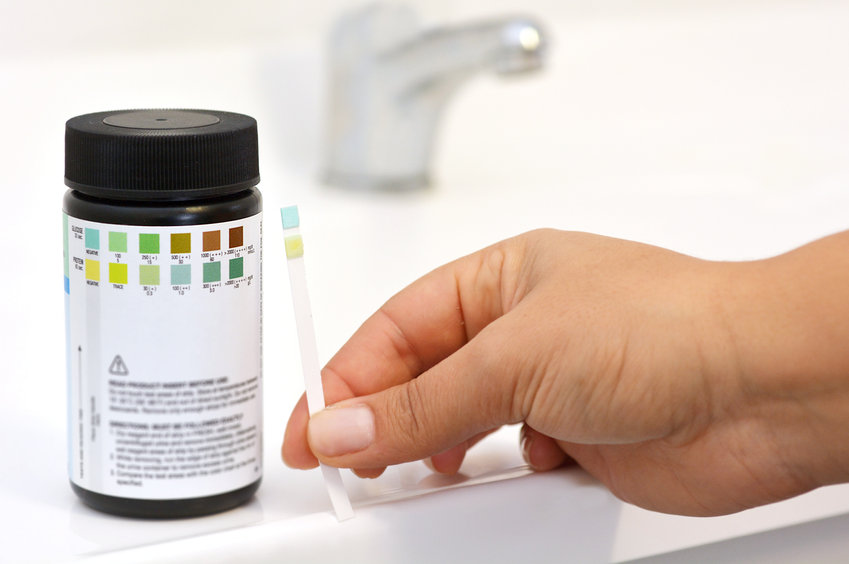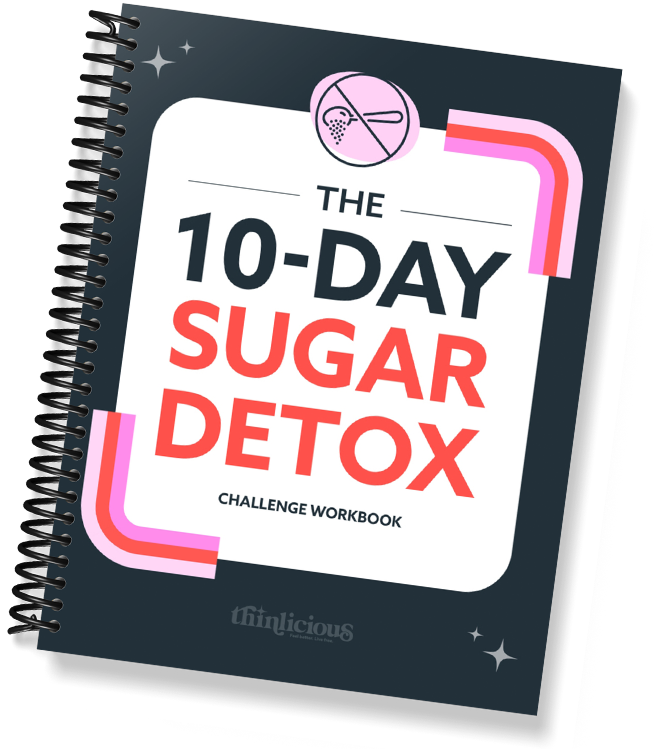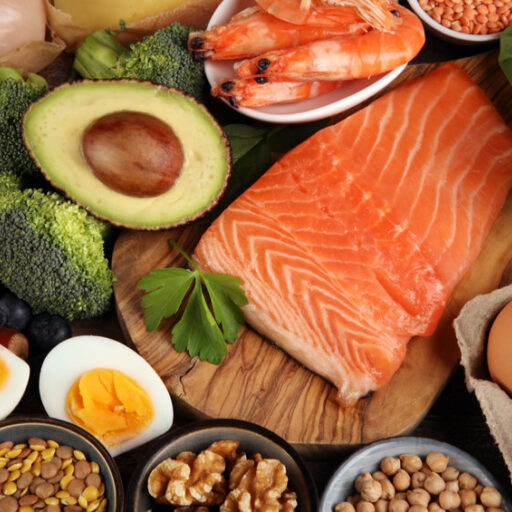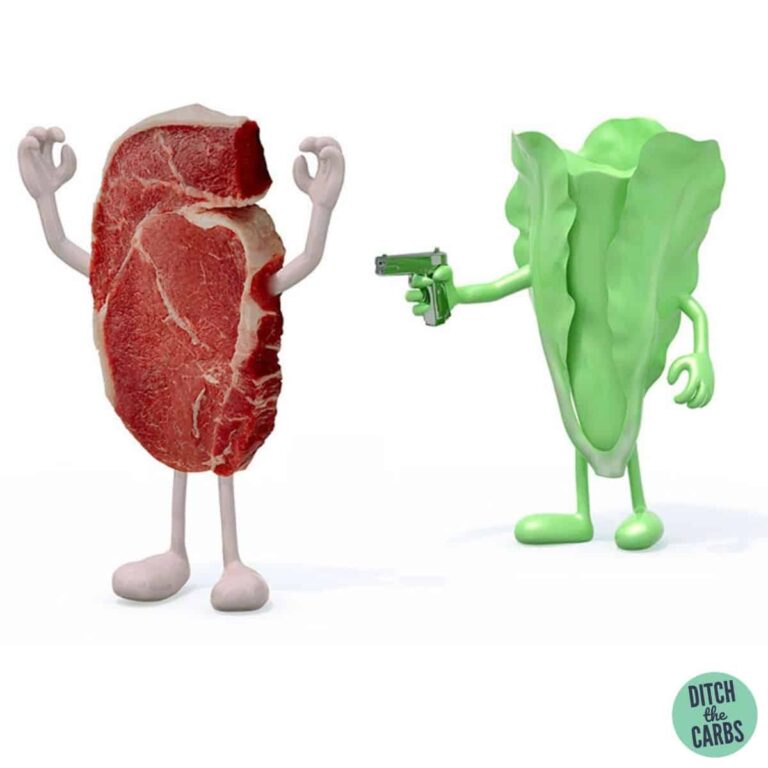If you’ve ever considered a low-carb or keto diet, or if you’ve ever done any research on the topic, it’s likely you’ve come across what most people refer to as the dreaded keto flu.
The reality is that even though the keto flu is a passing experience, it doesn’t change the fact that it can be a distraction. When you’re trying to live a low-carb lifestyle, it’s often just as much a mental game as a physical one. Whether your desire is to lose weight or just get healthier, suffering through the symptoms of keto flu can make you wonder if it’s all worth it (hint: it is!).
So what exactly is the keto flu? What should you expect? How do you remedy it? In this blog post, we will discuss the six most common keto flu symptoms and how to remedy them quickly so you can keep yourself motivated and on track with your lifestyle.

What is keto flu?
First thing’s first, “keto flu” is not really a type of flu. So what is it then? Really it’s just a catch-all phrase for the myriad of symptoms associated with your body going into ketosis.
Are you ready to lose weight and heal your body for life (without dieting, drugs, or making yourself miserable)?

Our free on-demand video training will walk you through how to make this THE year you set health goals…and keep them.
Though it depends on the person, mild symptoms are not uncommon when the body moves into ketosis—especially when that person is coming from a historically high-carb diet.
When you reduce your carbohydrate intake, such as going to a low-carb or keto diet, your brain won’t be able to anticipate the resulting drop in what it’s used to utilizing as a fuel source: blood glucose. These lower glucose levels can cause headaches, low energy, and sometimes cravings.
The good news is that this situation is just temporary. Usually within a few days, the body starts producing ketones to switch the brain’s primary energy source from glucose to ketones. Once your body makes this switch and things normalize, symptoms will normally subside.
What are the symptoms of keto flu?
There are several symptoms that you may experience as your body begins the process of switching from glucose to fat as a primary fuel source. The 6 most common symptoms of keto flu are:
- Headaches(s)
- Low energy and fatigue
- Insomnia
- Irritability
- Digestive issues
- Muscle cramps
These issues are common as your body starts the process of switching to fat from glucose for fuel. This is actually a pretty big change for your body, especially if you’re coming from a high-carb diet. Think of it as a firmware update. Your body is adjusting to new blood sugar levels and making updates to its metabolic processes. It takes a few days to make those adjustments, and keto flu symptoms should be expected (thankfully, they’re short-lived).
How To Remedy Keto Flu Symptoms
As we stated earlier, these symptoms should be temporary, but that doesn’t mean they aren’t annoying or distracting. Nothing kills your motivation to stick with an overall healthy lifestyle change like feeling lousy.
If you’re starting to experience keto flu symptoms, try these tips to help lessen them:
Drink lots of fluids
When you reduce your carb intake, you also lose water weight. This can lead to dehydration, which can then intensify symptoms like fatigue, headaches, and muscle cramps. So make sure you’re drinking plenty of water and fluids throughout the day (which you should always do anyway).
Get enough electrolytes
Along with dehydration, you may also be at risk for electrolyte imbalances when starting a low-carb diet. Sodium, potassium, and magnesium are all electrolytes that are crucial for proper hydration and can help reduce keto flu symptoms.
We recommend incorporating our very own electrolyte drink recipe into your diet. It will give you the electrolytes your body needs to run optimally during ketosis. Another great option is real bone broth!
Increase your fat intake
When you’re in ketosis, your body is burning fat for energy. So make sure you’re consuming enough healthy fats to support this process. This will help reduce symptoms of fatigue and low energy. Aim for healthy (unsaturated) fats from the likes of fish, nuts, and avocados.

Get plenty of sleep
A lack of sleep can intensify keto flu symptoms like irritability and low energy. So make sure you’re getting enough rest—aim for at least seven to eight hours per night. Not only is this good for fighting off keto flu symptoms, getting plenty of sleep (along with drinking lots of water) is a healthy practice no matter what diet you’re on.
Start slowly
If you jump into a low-carb or keto diet too quickly, it might be more likely that you’ll experience keto flu symptoms. So take things slow at first, and gradually reduce your carb intake over the course of a few weeks. Remember, progress over perfection!
These are just a few tips to help lessen keto flu symptoms and get you through the initial adjustment period of starting a low-carb diet. If you find that your symptoms are severe or not improving, it’s always a good idea to consult with your doctor or a registered dietitian to make sure you’re on the right track.
Have you ever experienced keto flu symptoms? What tips do you have for dealing with them? Share in the comments below!
Ready to get started with the low-carb lifestyle? We recommend starting with our Thinlicious™ 28-Day Metabolism Reset, which is designed to introduce you to the Thin-Adapted System and help you retrain the way your body burns fuel in just four weeks. Get it HERE.
What if you could actually take control of
your health in just 10 days?
It’s not your fault you can’t lose weight as a woman over 40 even though you’ve likely tried literally everything. Your metabolism probably feels broken and your hormones are likely all out of whack.
But you can fix it all with ONE simple change: eliminate sugar. We make it super easy with daily lessons teaching you the science behind what makes us gain weight in our midlife and beyond! Are you ready to get started now?









2 Comments